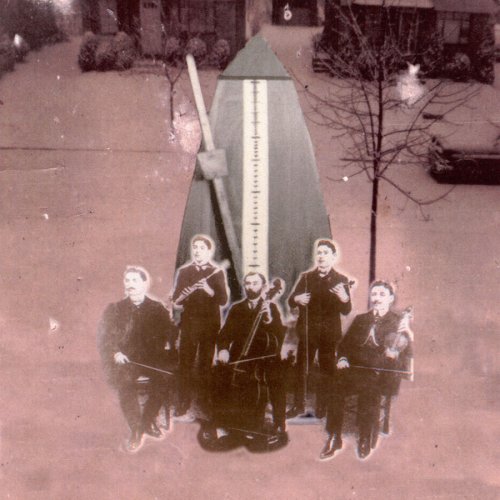
The Music Tapes
Music Tapes for Clouds & Tornadoes
Release Date: Aug 19, 2008
Genre(s): Indie, Rock
Record label: Merge
Music Critic Score
How the Music Critic Score works
Album Review: Music Tapes for Clouds & Tornadoes by The Music Tapes
Great, Based on 4 Critics
Based on rating 8/10
It's been over nine years since the first Music Tapes record was released; 1999's First Imaginary Symphony For Nomad, an eclectic, lo-fi indie pop record turned heads with its experimental ways. Fast-forward to now. We're given a more mature record with Music Tapes For Clouds and Tornadoes, but not something that betrays that first release, instead supporting it with further exercise of that penchant for unusual instrumentation.
Based on rating 8.0/10
Even within the context of the Elephant 6 Collective, the Music Tapes have always stood out as an especially eccentric band. After contributing to indie milestones like Neutral Milk Hotel and Olivia Tremor Control, Music Tapes mastermind Julian Koster decided to resurrect his high school project with the help of Jeremy Barnes (now of A Hawk and a Hacksaw). Their debut, First 1999's Imaginary Symphony for Nomad, was a conceptual psych-pop near-masterpiece that featured Koster's brittle off-key singing, experimental arrangements, and even more experimental production (parts of the record featured an Edison wax cylinder recorder from 1895).
Based on rating 3/5
Some nostalgics love the grit of vinyl. Others, like ex-Neutral Milk Hotel's Julian Koster, use an 1895 Edison wax cylinder recorder and a 1940s wire recorder to channel bygone eras. Nine years in the making, Music Tapes For Clouds And Tornadoes digs a time tunnel to Depression-era lo-fi tones. You can almost see lonely, penniless souls expiring peacefully to the elegiac singing saw.
Opinion: Excellent
The way we investigate a phenomenon – the research program a person designs –structures our understanding of that phenomenon. This doesn’t mean, though, that any research program at all will do, nor that you can contort the furniture of the world into any old configuration, but rather to point out that there’s a bounded relativism to the way we understand art (or science or history, etc.). There are a couple different ways to understand things, each one legitimate in their own right (at least relative to a practical concern), and then there’s lots of ways that misunderstand either the phenomenon or our relation to it or how we’re supposed to investigate or whatever.

